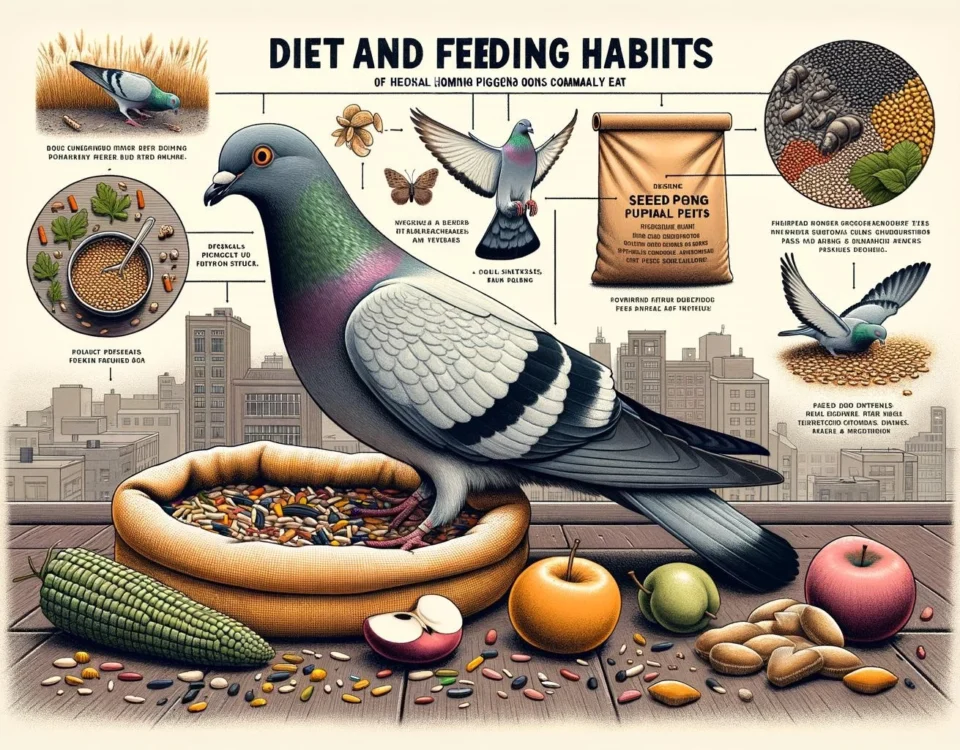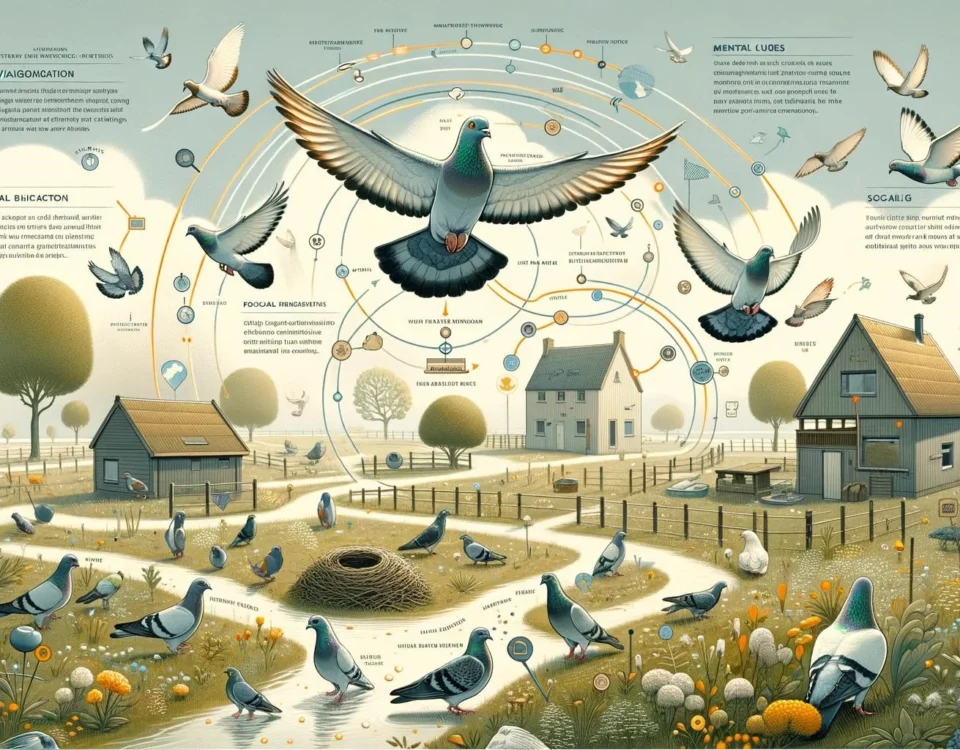Homing pigeons, also known as carrier pigeons, have been used for centuries as messengers due to their remarkable ability to find their way back home over long distances. This unique navigational skill has intrigued scientists for years, and extensive research has been conducted to unravel the mysteries behind their homing behavior. In this article, we will explore the use of homing pigeons in science and delve into the various aspects of their navigation abilities.
Key Takeaways
- Homing pigeons have the ability to find their way back home from distant, unfamiliar locations.
- Their navigation ability involves multiple mechanisms, including the use of the Earth’s magnetic field, visual cues, olfactory cues, and memorized landmarks.
- Scientists have conducted experiments to study the role of these mechanisms and have made interesting discoveries about how homing pigeons navigate.
Homing pigeons employ several mechanisms to navigate their way back home. These mechanisms include:
1. Sun Compass:
Like many other bird species, homing pigeons can use the position and angle of the sun to determine the proper direction for flight. The sun compass mechanism allows pigeons to maintain a relatively straight track on their homeward journey.
2. Earth’s Magnetic Field:
Scientists believe that homing pigeons possess the ability to detect the Earth’s magnetic field, a phenomenon known as magnetoreception. This mechanism involves relying on the magnetic fields of the Earth for guidance. The exact mechanism by which pigeons sense and interpret these magnetic fields is still not completely understood, but it is believed to play a crucial role in their navigation abilities.
3. Olfactory Cues:
Studies have shown that homing pigeons rely on olfactory cues, or their sense of smell, to navigate their way back home. They create an olfactory map by smelling familiar scents and using this map to determine their location and direction relative to their home loft. The ability to sense and remember distinct smells in different locations helps them find their way back.
4. Visual Cues:
Pigeons also rely on visual cues to navigate. They use landmarks, such as prominent buildings or natural features, to help them recognize their location and orient themselves. Visual cues play an important role in conjunction with other mechanisms, aiding pigeons in determining their position and heading towards their destination.
Scientific Studies on Homing Pigeons
Scientists have conducted numerous experiments and studies to understand the mechanisms behind homing pigeon navigation. These studies have yielded various findings, shedding light on the fascinating abilities of these birds. Here are some notable scientific studies:
1. Olfactory Maps:
A study conducted over 50 years ago revealed that the sense of smell is crucial for the homeward orientation of homing pigeons. Researchers found that pigeons can develop an olfactory map by smelling different scents in various locations, allowing them to navigate their way back home even from unfamiliar release points.
2. Magnetic Field Detection:
Researchers have explored the role of magnetoreception in homing pigeons. By manipulating the magnetic field around the pigeons during experiments, scientists have demonstrated that disrupting the Earth’s magnetic field affects the birds’ ability to navigate accurately, indicating their reliance on this mechanism for homing.
3. GPS Tracking:
Modern-day research has adopted advanced technology to study homing pigeons’ navigation. Scientists have equipped pigeons with GPS tracking devices to monitor their flight patterns and evaluate their navigational abilities. This allows researchers to gather precise data and analyze the pigeons’ routes and behavior during their homeward journey.
Conclusion
Homing pigeons have captivated scientists for years with their extraordinary ability to navigate long distances and find their way back home. Research on these avian wonders has provided valuable insights into their navigation mechanisms, including the use of the sun compass, the Earth’s magnetic field, olfactory cues, and visual cues. Studies conducted using advanced technology, such as GPS tracking, have further allowed scientists to study and understand the intricacies of homing pigeon navigation. The use of homing pigeons in science has advanced our knowledge not only about avian navigation but also about magnetoreception and sensory perception in general.









